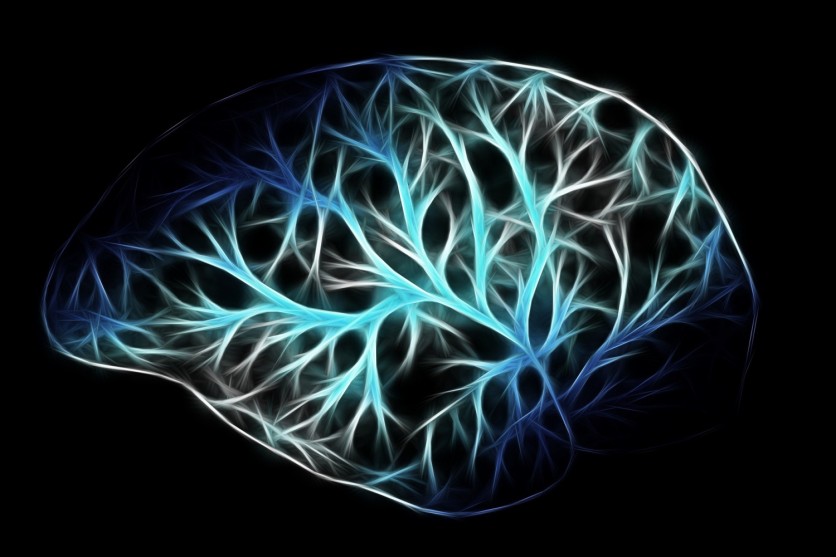The pursuit of human-integrated cybernetics has faced significant challenges, primarily due to the efficacy of external electronic devices and the complexity of human biological machinery.
However, a new paradigm is emerging, emphasizing the synergy between technology and human genetics. Science X Network reported that researchers at ETH Zürich in Switzerland have achieved a breakthrough in this direction by leveraging genetic expression through a novel current technology.

All About DART
The team introduced an innovative electro-genetic interface termed Direct Current Actuated Regulation Technology (DART). This interface harnesses the power of direct current (DC) from batteries to induce time and voltage-dependent transgene expression in human cells.
DART operates by generating controlled levels of reactive oxygen species (ROS), which are formed through electron-transfer reactions during cellular respiration. ROS plays pivotal roles in cellular processes, such as immune responses and antioxidative defenses.
Crucially, KEAP1, a significant tumor and metastasis suppressor, acts as a native ROS detector. The researchers found that KEAP1's interaction with NRF2, a nuclear factor linked to antioxidative defenses, plays a critical role.
When ROS levels increase, KEAP1 releases NRF2, allowing it to orchestrate antioxidant and anti-inflammatory responses. This intricate mechanism inspired the development of DART technology.
In a test using diabetic mice, scientists stimulated specially engineered human cells just below the skin's surface using charged acupuncture needles connected to the DART system.
It caused the cells to release insulin, bringing the mice's blood sugar levels back to normal. These engineered cells were encased in tiny protective capsules and placed under the mice's skin to shield them from the body's immune response.
By using acupuncture needles to send electrical signals to the implanted capsules, the cells inside started making insulin, which was then released. That effectively fixed the blood sugar levels in the mice with type 1 diabetes.
According to the study, this method worked as well as long-lasting insulin treatments that help maintain steady blood sugar levels over time. DART operates on low-voltage DC sources (~4.5 V) and requires minimal energy (10 seconds daily).
The technology utilizes acupuncture needle electrodes approved by both the World Health Organization and the US Food and Drug Administration. In practical terms, the primary limitation might be the availability of suitable batteries or alternative power sources.
The Future of Wearable Devices?
Although in the early stages of development, DART's potential is substantial. It could pave the way for wearable devices catering to gene-based therapies and metabolic interventions.
According to the researchers, DART's implications are far-reaching. They envision its integration into diverse gene and cell-based therapies, facilitating closed-loop genetic interventions, real-time dosing, and global telemetric monitoring by medical professionals or algorithms.
"It should be straightforward to link DART control to the in situ production and dosing of a wide range of biopharmaceuticals," the researchers said.
"We believe simple electrogenetic interfaces such as DART that functionally interconnect analog biological systems with digital electronic devices hold great promise for a variety of future gene and cell-based therapies, including closed-loop genetic interventions, real-time dosing and global telemetric monitoring by medical staff or algorithms," he added.
The study's findings were published in the journal Nature Metabolism.
Related Article : Future of Wearable Tech: Researchers Develop Stretchable Fabric-Based Lithium-Ion Battery


![Apple Watch Series 10 [GPS 42mm]](https://d.techtimes.com/en/full/453899/apple-watch-series-10-gps-42mm.jpg?w=184&h=103&f=9fb3c2ea2db928c663d1d2eadbcb3e52)


